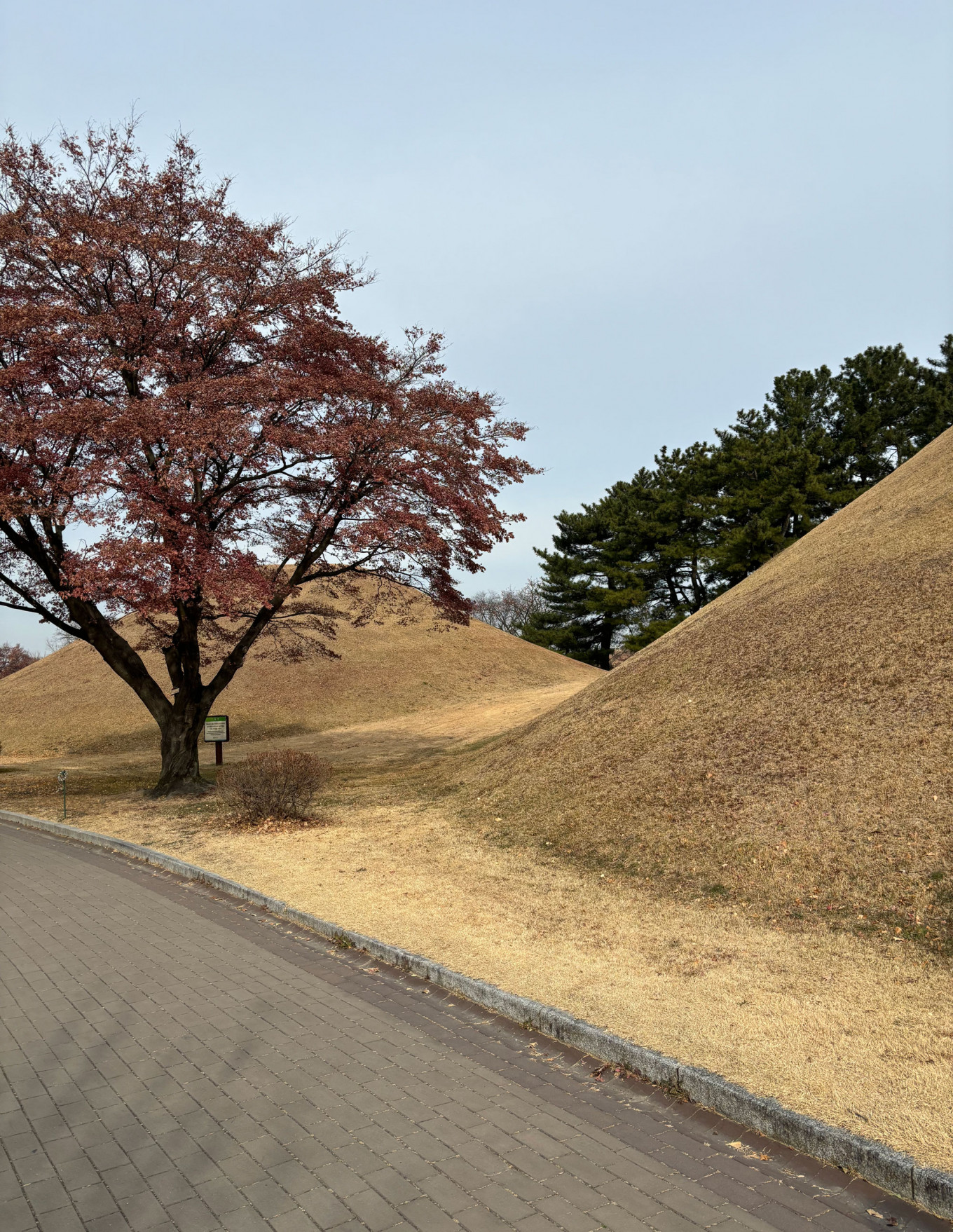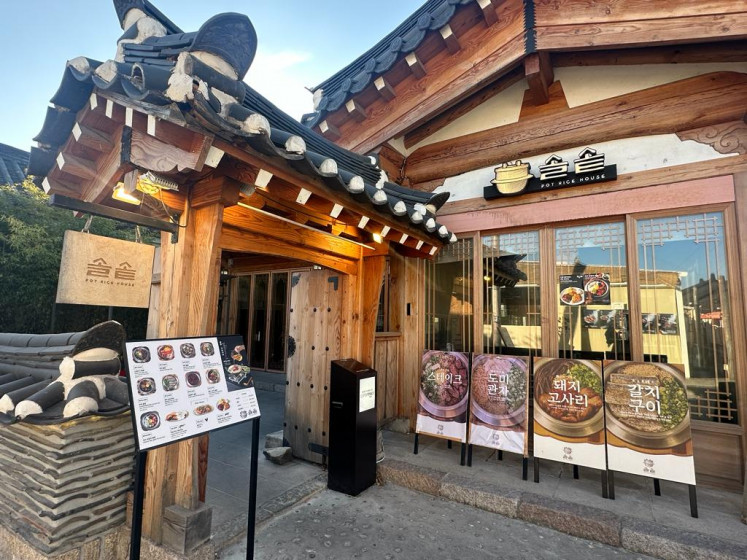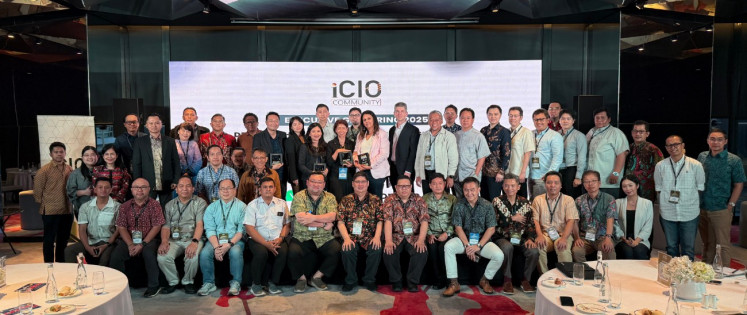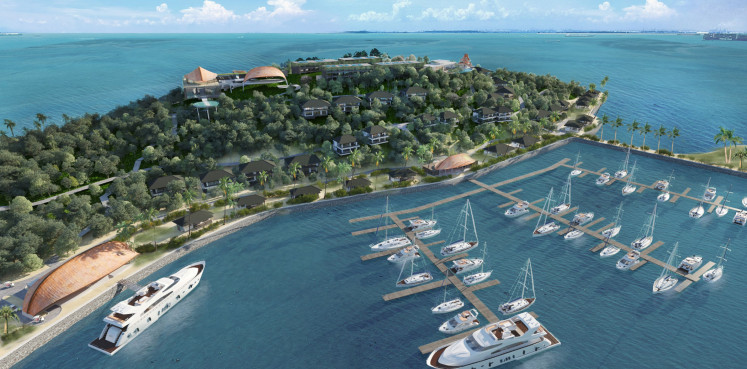Popular Reads
Top Results
Can't find what you're looking for?
View all search resultsPopular Reads
Top Results
Can't find what you're looking for?
View all search resultsGyeongju reveals life under Silla Dynasty
In the hustle and bustle between Seoul and Busan, history enthusiasts might consider stopping by Gyeongju, just two hours outside of the Korean capital.
Change text size
Gift Premium Articles
to Anyone
I
n the hustle and bustle between Seoul and Busan, history enthusiasts might consider stopping by Gyeongju, just two hours outside of the Korean capital. Historically named Seorabeol, Gyeongju is a coastal city that transports visitors to the Silla Dynasty, which reigned through the first millennium.
From its temples to its traditional villages, including three designated as a UNESCO World Heritage, the densely populated city represents a dynasty that was once the epitome of Korean civilization.
The Silla Dynasty ruled from 57 BC until its eventual downfall in the mid-10th century. The kingdom’s capital was in Gyeongju-si, where most of its monuments are preserved today. Among Koreans, the city is considered an outdoor museum for its rich cultural heritage and natural beauty.
Where to begin? To provide visitors an understanding the way people lived during the Silla kingdom, the city is divided into five historic areas with distinct characteristics. Mount Namsan Belt is a repository of Buddhist art, while Hwangyongsa represents its religious system. The Welseong Belt is home to the magnificent palace where kings and queens lived, before they were laid to rest in their tombs in the Daereungwon Hwangyonsa Belt. Finally, the Sanseong Belt features the kingdom’s defense facilities.
First to cross off the list of must-see places is the Daereungwon Ancient Tomb Complex, which houses both the large and small tombs of the royals who once graced the city’s streets. The complex is a park that offers the serene and scenic natural environs of Gyeongju. Don’t be alarmed if there are tourists walking around Silla Hanbok, because the rental shop is right across the street.
Walking through the trail surrounded by magnolia trees and an idyllic pond, it is not rare to see people walking their dogs or having a picnic on the grass. Not exclusive to tombs, the park also gives guests an opportunity to see the Great Bell of Silla and other majestic structures around the mounds, because the dynasty’s revered leaders like King Michu deserved nothing less.
Although many might be awed by the grandiose tombs, the palace is even more regal. Donggung Palace and Ponji Pond once housed a splendid garden and pavilion used for banquets, along with a villa where the princes of the Silla Dynasty resided. In line with the traditional techniques of the Unified Silla Dynasty, the structures blend nature and architecture in a harmonious coexistence.
Near the palace is the Chemseongdae Observatory, which has been inscribed as a UNESCO World Heritage Site for being the oldest surviving astronomical observatory in Asia. The ancient building stands on the original site where it was constructed in the 7th century under Queen Seondok, Korea’s first female monarch. Its unique design and architectural style show a glimpse of the remarkable scientific and technological achievements of the Silla Kingdom.
The Gyeongju East Palace Garden offers an alternative, modern interpretation of the famed palace. The theme park is modeled after Donggung Palace, and consists of a zoo and a botanical garden. Making the space even livelier are an outdoor music fountain and agricultural facilities that welcome visitors to join in on the fun.
Be sure to check out Woljeonggyo Bridge, located between the tomb complex and the palace, preferably after sundown. The structure, which was built in 760 AD, once served as the palace’s southern entrance. Visitors can feel privileged as they walk along its wooden planks and look at its many pillars, because once upon a time, only royalty and prominent people were allowed to pass it. The bridge also offers an amazing spot from which to view the city’s dazzling nightscape.
On one end of the bridge is a village full of houses built during the late Joseon era. Founded in 1392, the village architecture is reminiscent of yet vastly different than that of the Silla Dynasty. While both were built on a pillar of harmony with nature, Joseon’s architectural style is heavily influenced by the aesthetic of neo-Confucianism, which favored function and frugality compared to the great houses and wide streets that were popular during the Silla Dynasty.
One house stands out in the village: the historic Choi compound at its heart. According to legend, the Choi family clan in Gyeongju dates back to the mid-Joseon era and maintained its wealth for over 300 years, producing many prominent figures through its history.
Stepping inside the Choi family compound, visitors are greeted by a little pond surrounded by trees. The Yosukgung 1779 restaurant uses only locally sourced ingredients to offer a modern twist on traditional Silla meals that were usually served to aristocrats. Its dishes include kimchi canape, pumpkin soup, chili made of anchovies and other seafood dishes.
While the historical sites are what originally attracted tourists to the city, the shops and cafes lining the alleys of Hwangnam-dong have turned the once quiet village of hanok (Korean traditional houses) into the most coveted location. The old hanok-style buildings on the main road Poseok-ro are now being transformed into boutiques, restaurants, stores, workshops and guesthouses to meet the growing demands of tourism. Today, it serves as the starting point and endpoint of journeys in the city.












